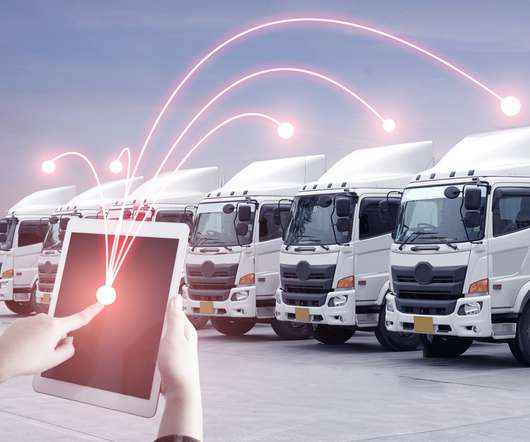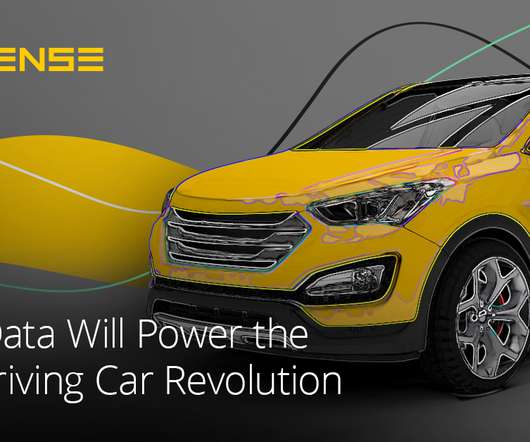Sustainability trends: 5 issues to watch in 2024
IBM Big Data Hub
FEBRUARY 7, 2024
These efforts often go hand in hand with broader corporate sustainability initiatives and can lead to significant cost savings and improved environmental performance. Circular economy: When waste is a resource Waste not, want not: the circular economy model, which aims to minimize unnecessary waste and make the most of resources, is booming.















Let's personalize your content